
After 30 years in fashion, Chinese designer Han Feng revels in freedom to do her own thing
She arrived in New York a scrappy young immigrant from Hangzhou, and within seven years was showing at Fashion Week; after hitting the heights she’s scaled back her output, giving her freedom to pursue her interest in art
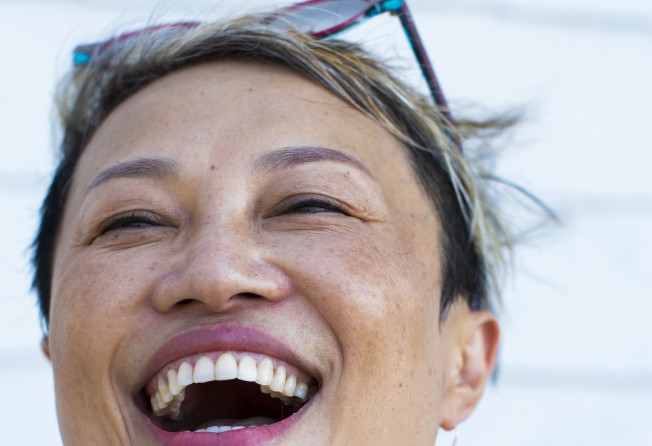
Han Feng rose to prominence in New York as an almost accidental fashion designer in the early 1990s – part of the same generation as Hong Kong’s Vivienne Tam.
“Someone introduced me to a PR company, who told me, ‘We’re gonna make you rich and famous’. I said, ‘How about just rich?’ And that’s when I did my first ready-to-wear collection and fashion show, in September 1992,” Han recalls.
As the first Chinese fashion designer to show at New York Fashion Week, the native of Nanjing, eastern China, borrowed a friend’s gallery to serve as venue. “I even mopped the floors myself and bought a huge roll of paper for the runway. But the press were all over it, and it was well received.”
Soon Han was selling her eponymous label in several big American department stores: Bergdorf Goodman, Barneys, Henri Bendel and even Brooks Brothers. “In those days they, were very receptive to unknown young designers,” she says.

This year Han will have been in fashion for 30 years, but her brand has remained niche. You can still buy Han Feng clothes, but by appointment only, direct from her New York or Shanghai studios.
“I don’t have huge ambitions to make lots of money and get bogged down in production lines,” she says. “If I do my brand like this, I have my freedom.”
She has designed costumes for Anthony Minghella’s Madame Butterfly at the Metropolitan Opera House in 2005, and created artworks ranging from ceramics to blown glass and fish-shaped lights made from hundreds of fabric “scales”. She has exhibited at the Victoria & Albert Museum and at New York’s Neue Gallery and Cooper-Hewitt National Design Museum.
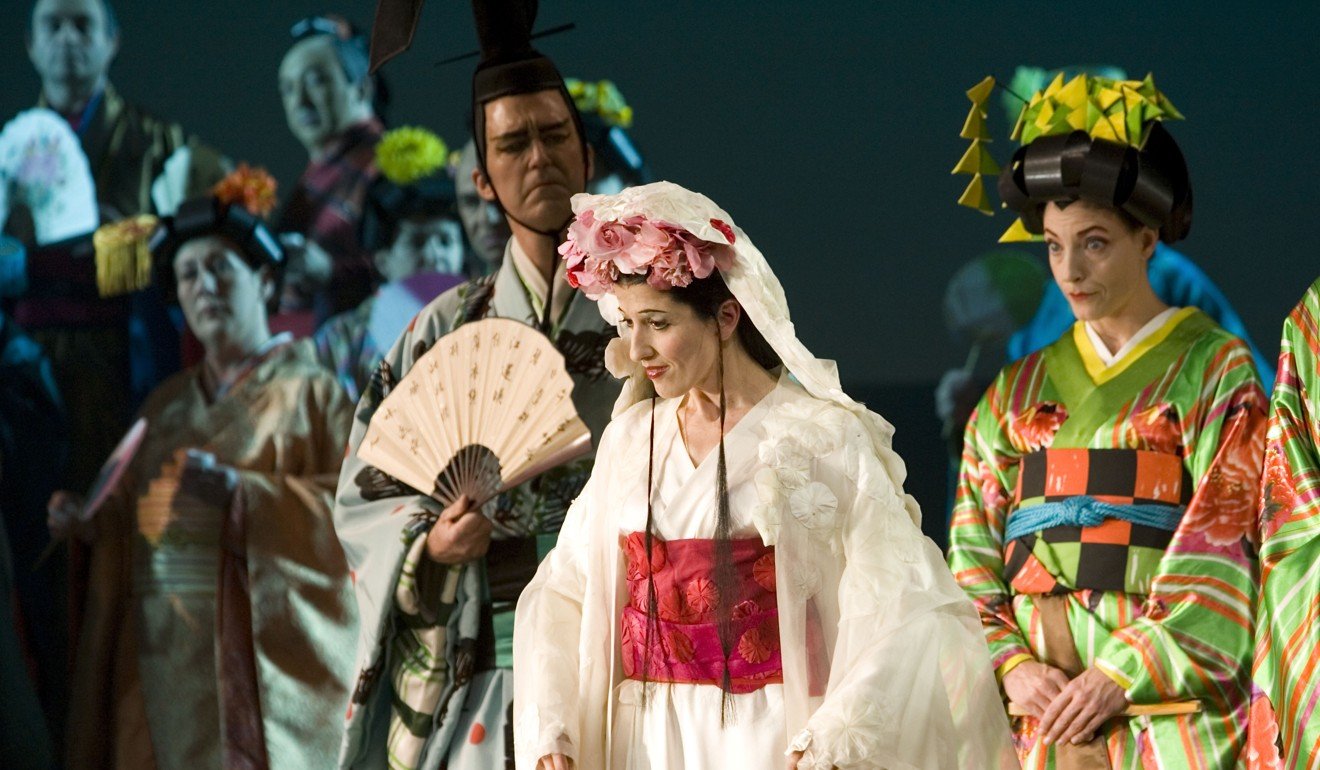
She collects Chinese contemporary art, and opened the Han Feng Art Space at Amanyangyun, the new Aman Resort in Shanghai, where she has two spaces – one for her personal art collection, the other for a commercial selection she curates. (Her clothes, with their distinctive colours and avant-garde silhouettes, are perfect for the contemporary art crowd.)
I’m one of those people who doesn’t really listen to others.
As an accomplished private chef, Han has cooked with some of New York’s best, including on TV with Martha Stewart. When I meet her she casually rustles up a delicious uni and bottarga pasta dish for lunch.
“My life is so funny, it’s like a film script,” she quips.
She moved to New York from Hangzhou in 1985 as a scrappy young Chinese immigrant, studying English and learning how to sell after getting a job at Bloomingdale’s.

“It was a different city [then], quite rough, dirty and dangerous. I had this image of America from Hollywood movies and the reality was starkly different … I was so depressed for a while, I was crying and missing China. But eventually I got over it,” she says.
After Bloomingdale’s, she worked for a fabric company, looking after young designers’ accounts, and learned the technical side of fashion. Soon she had a circle of friends who taught her the workings of small fashion businesses. Han made her first fashion accessories in 1988 – scarves produced from end-of-roll fabrics.
She began selling to boutiques, producing orders herself and even paying Chinese students at Hunter College to help sew. In addition to accessories, she soon started ironing pleats to make skirts, which sold well; and, working with a Chinese-run factory in New York, she developed a crushed fabric that proved popular.
While the orders flew in, Han was not particularly organised. “At the start, I honestly didn’t even match the invoices with the payments a lot of the time. I was just happy getting paid,” she recalls.
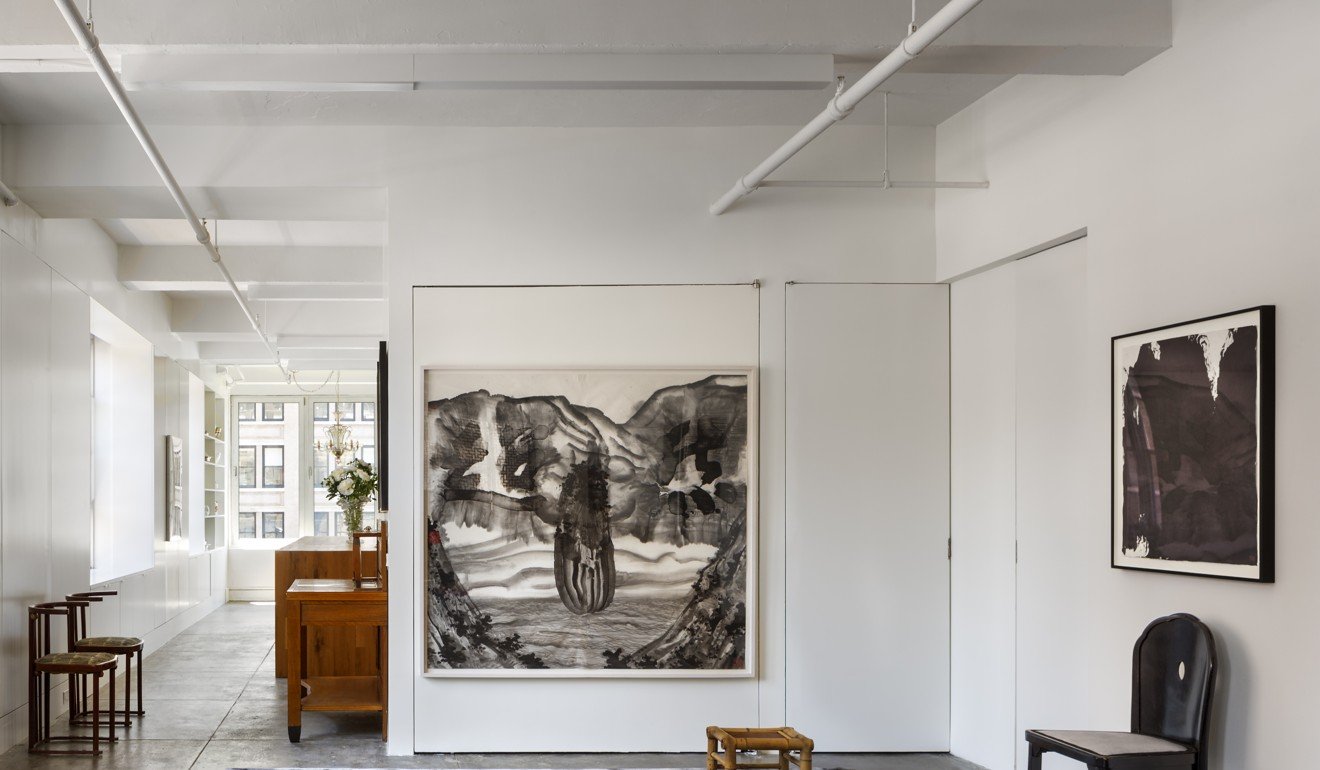
She struggled on alone until finally she hired two others to come on board. Suddenly, she says, “I was making what seemed like a lot of money to me at the time … I felt very lucky and happy.”
Within a few years, she had married, got a green card, then an American passport, and grown to love her adopted home.
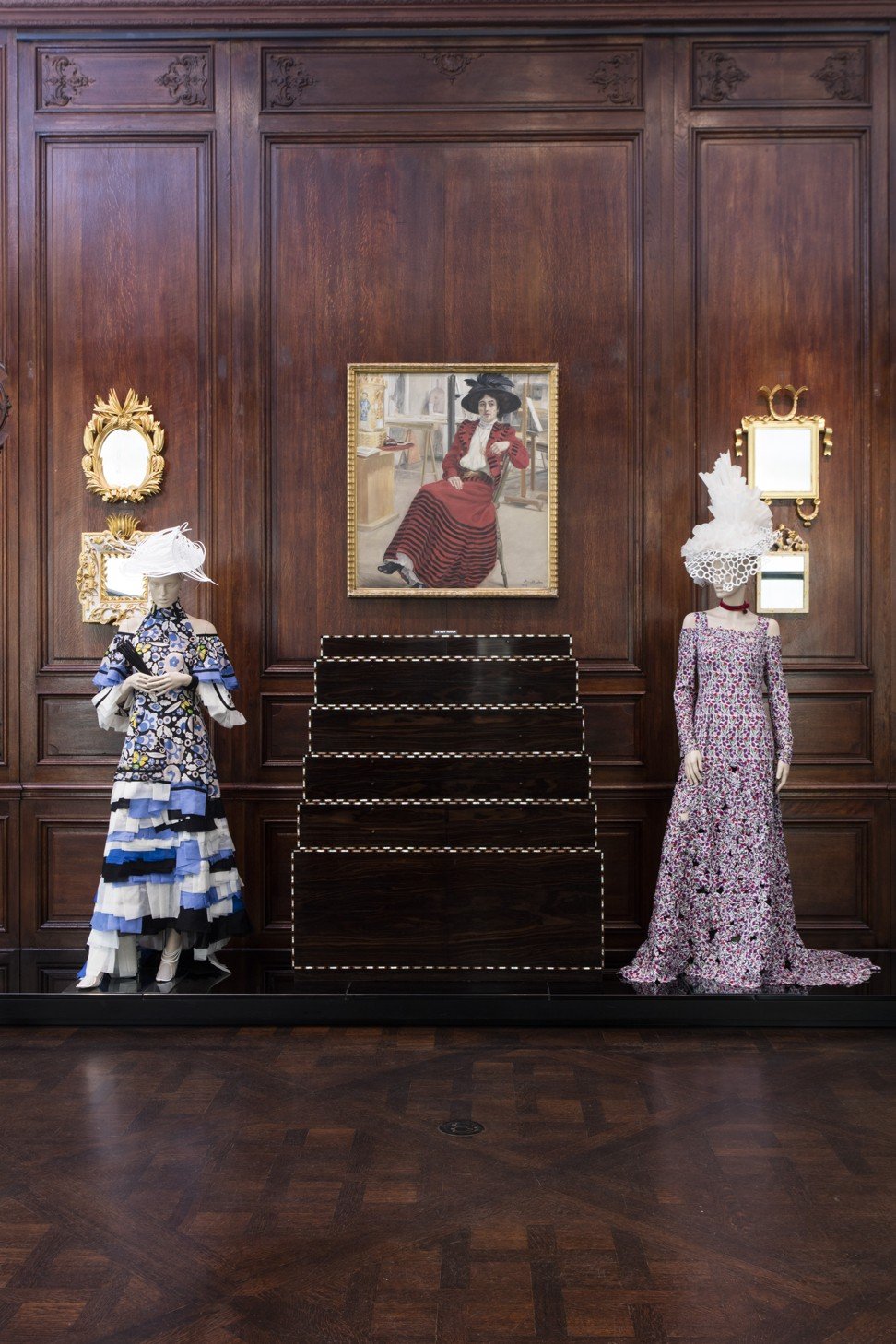
New York figures such as journalist and author Elsa Klensch gave her their support, and Han’s fashion was compared to Yohji Yamamoto’s because of her mastery of pleating and refined textures.
Yet despite all that, to this day Han says: “I don’t really understand fashion, I don’t follow trends.”
It’s true that her style hasn’t changed much in 30 years. Her fashion “really all has to do with the scarves” that she started out making, she says; indeed, her patterns often feature rectangular fabrics pieced together.
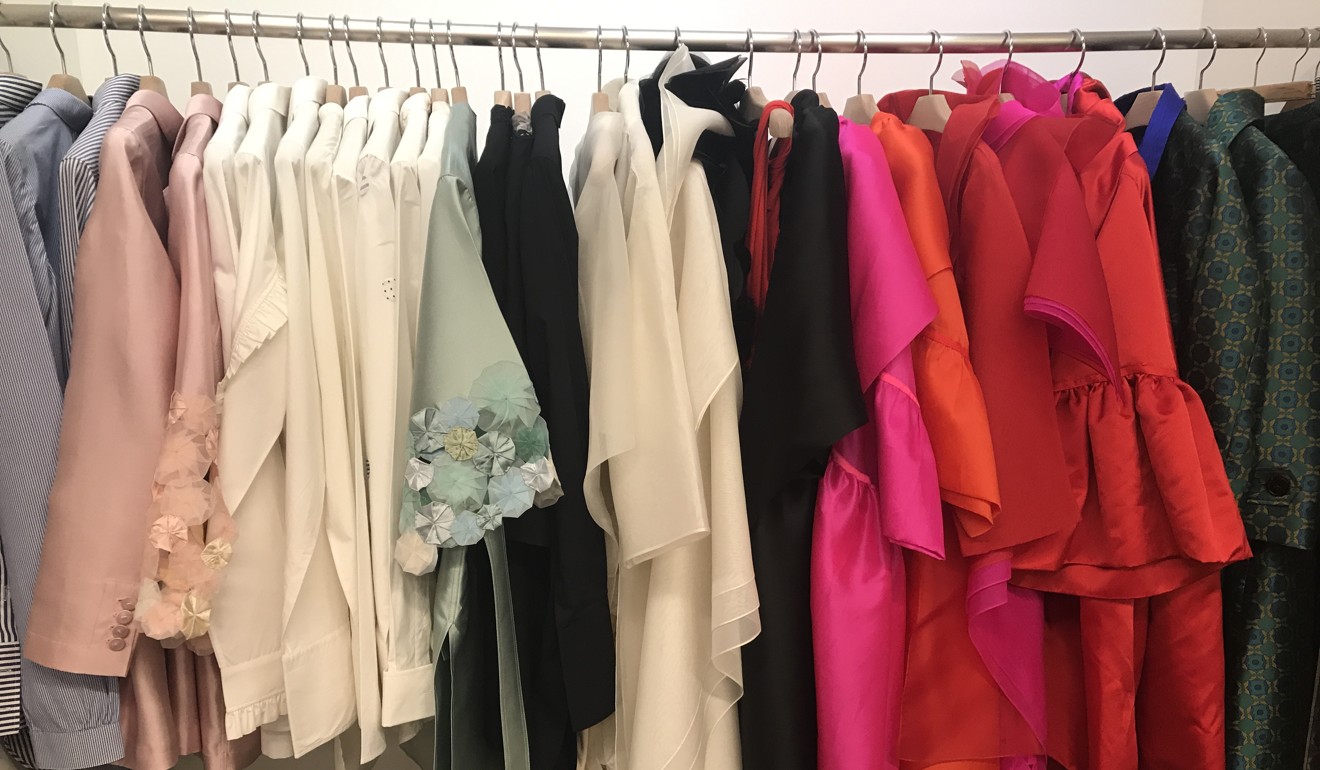
While she continues to produce clothes for her devoted fans at a boutique scale, a new chapter has begun for Han, who’s now in her early fifties, with her role curating art at Amanyangyun. Her hair cut short and dyed blonde, she has the energy of someone half her age.
“The Aman project is pretty cool, pretty exciting,” says Han, who now divides her time between New York and Shanghai. “I’m one of those people who doesn’t really listen to others. I follow my own heart and feelings. I feel that with this attitude I can create things that are timeless and don’t feel out of trend.”